When considering chiropractic care, you might wonder whether it offers a lasting solution or just a quick fix for your discomfort. Many people find that regular adjustments can greatly reduce pain and improve mobility, but others may only experience temporary relief. It's essential to assess your unique health needs and the potential benefits of ongoing treatment versus occasional visits. So, what factors should you consider to determine if chiropractic care is truly the right path for your long-term wellness?
Understanding Chiropractic Care
Chiropractic care focuses on diagnosing and treating musculoskeletal disorders, primarily those related to the spine. As you explore this field, you'll find that it's rooted in the concept of maintaining the body's structural integrity. Chiropractors believe that proper alignment of the spine and musculoskeletal system is essential for overall health. By correcting misalignments, they aim to restore function and alleviate pain.
During your initial visit, a chiropractor will perform a detailed assessment, including a medical history review and physical examination. They may use diagnostic imaging to identify any underlying issues. This thorough evaluation helps them create a tailored treatment plan that addresses your specific needs.
Chiropractic techniques often involve spinal manipulation, also known as adjustments. These precise movements aim to realign the spine, improve mobility, and reduce nerve irritability. You might also encounter other modalities such as soft tissue therapy, stretching exercises, and lifestyle recommendations. Each approach serves to enhance your healing process and promote long-term wellness.
Chiropractors emphasize the importance of patient education, empowering you to take charge of your health. They'll explain the mechanics of your body and how chiropractic care can benefit you. Additionally, they may advise on ergonomic practices, nutrition, and exercise, fostering a holistic approach to your well-being.
Ultimately, understanding chiropractic care equips you with the knowledge to make informed decisions about your health. When you recognize its principles and methods, you can better appreciate how it fits into your overall wellness journey.
Common Conditions Treated
Many people seek chiropractic care for a variety of conditions that affect their musculoskeletal health.
Whether you've been dealing with chronic pain or a recent injury, chiropractic adjustments can help alleviate discomfort and restore function.
Understanding the common conditions treated by chiropractors can guide you in deciding if this approach is right for you.
Here are four common conditions that chiropractic care can address:
- Back Pain: One of the most prevalent reasons people visit chiropractors is for lower back pain, which can stem from poor posture, heavy lifting, or sports injuries.
- Neck Pain: If you've experienced whiplash from a car accident or tension from sitting at a desk, chiropractic adjustments can help relieve neck pain and improve your range of motion.
- Headaches: Many individuals find relief from tension headaches and migraines through chiropractic care. Aligning the spine can reduce tension in the neck and upper back, potentially easing headache symptoms.
- Sciatica: This condition involves pain that radiates along the sciatic nerve, often due to a herniated disc or spinal misalignment. Chiropractors can help reduce the pressure on the nerve, alleviating pain.
Mechanisms of Pain Relief
Chiropractic care uses spinal manipulation techniques to realign your spine and alleviate pain.
This adjustment can activate neurological pathways, helping your body respond more effectively to pain signals.
Understanding these mechanisms can clarify how chiropractic treatment offers both immediate and long-term relief.
Spinal Manipulation Techniques
Spinal manipulation techniques play an essential role in alleviating pain and improving overall function. These hands-on methods help restore proper alignment of the spine, which can notably reduce discomfort and enhance mobility.
When you undergo spinal manipulation, you may experience various benefits that contribute to your overall well-being.
Here are four key aspects of spinal manipulation techniques that highlight their effectiveness:
- Pain Reduction: By realigning the spine, these techniques can relieve pressure on nerves and tissues, leading to immediate pain relief.
- Increased Range of Motion: Improved spinal alignment allows for better movement, helping you regain flexibility and function.
- Muscle Relaxation: Manipulation can help reduce muscle tension, which often accompanies spinal misalignments and contributes to pain.
- Enhanced Circulation: These techniques promote blood flow to the affected areas, facilitating healing and recovery.
Neurological Pathways Activation
When addressing pain relief, activating neurological pathways plays a significant role in how your body responds to treatment. Chiropractic care utilizes specific techniques that stimulate these pathways, enhancing your body's natural ability to heal itself. By adjusting your spine and joints, chiropractors help release endorphins and other neurotransmitters that block pain signals, effectively reducing discomfort.
This activation of neurological pathways doesn't just provide temporary relief; it can lead to lasting changes in your pain perception and overall well-being. When the nervous system is in balance, your body communicates more effectively, allowing it to manage pain more efficiently.
You might notice that after a chiropractic session, not only does your pain decrease, but your mobility improves as well. This is because the adjustments help restore proper function, allowing your nervous system to operate at its best.
Incorporating regular chiropractic visits into your wellness routine can be a proactive approach to pain management. By focusing on the activation of these neurological pathways, you're not just masking the pain; you're addressing its root causes for a more sustainable solution.
Long-Term Benefits of Chiropractic
When you consider chiropractic care, think about the long-term benefits it can offer.
Improved spinal alignment can lead to enhanced overall wellness, helping you feel better day by day.
Additionally, effective pain management strategies will empower you to tackle life's challenges with greater ease.
Improved Spinal Alignment
Achieving improved spinal alignment is one of the key long-term benefits of chiropractic care.
When your spine is aligned correctly, it can positively impact your overall health. You'll likely notice a reduction in pain, increased mobility, and enhanced bodily function.
Here's what you can expect from improved spinal alignment:
- Pain Relief: A properly aligned spine can alleviate chronic pain, especially in the back and neck.
- Enhanced Mobility: Improved alignment allows for greater flexibility and range of motion, making daily activities easier.
- Increased Energy: When your spine is aligned, your body functions more efficiently, leading to higher energy levels throughout the day.
- Better Posture: Regular chiropractic adjustments help you maintain good posture, reducing the strain on your muscles and joints.
Enhanced Overall Wellness
Focusing on enhanced overall wellness, chiropractic care offers a holistic approach that goes beyond just pain relief. It addresses the root causes of discomfort and promotes a balanced, healthy lifestyle.
When you engage in regular chiropractic sessions, you're not only alleviating pain but also improving your nervous system function. This boosts your body's ability to heal itself and enhances your overall energy.
Chiropractic care encourages better posture, which can lead to increased energy levels and improved mood. As your spine aligns, you might notice enhanced mobility and flexibility, making everyday activities easier and more enjoyable.
Additionally, this care can support your immune system, helping your body fend off illnesses more effectively.
Pain Management Strategies
Chiropractic care offers effective pain management strategies that can lead to long-term relief and improved quality of life.
By addressing the root causes of pain, chiropractic treatments help you regain mobility and decrease discomfort.
Here are four key strategies that can enhance your pain management experience:
- Regular Adjustments: Consistent chiropractic adjustments can realign your spine, reducing tension and improving overall function. This helps prevent recurring pain episodes.
- Personalized Treatment Plans: Your chiropractor will create a tailored plan based on your specific needs, focusing on both immediate relief and long-term wellness.
- Lifestyle Counseling: Chiropractors often provide guidance on exercise, nutrition, and ergonomic practices, empowering you to make healthier choices that support your body's well-being.
- Complementary Therapies: Many chiropractors integrate therapies like massage, acupuncture, or physical therapy into your treatment, offering a holistic approach to pain management.
Limitations and Risks
While many people find relief through chiropractic care, it's vital to recognize its limitations and potential risks. First, chiropractic treatment often focuses on the musculoskeletal system, which means it may not address underlying medical issues causing your pain. If you're dealing with a more serious condition, like a herniated disc or degenerative disease, chiropractic adjustments might provide only temporary relief, leaving you vulnerable to further complications.
Moreover, not everyone responds to chiropractic care in the same way. Some individuals experience significant benefits, while others find little to no improvement. This inconsistency can lead to frustration, especially if you're investing time and money into treatments that don't yield the desired results.
There are also inherent risks involved with chiropractic adjustments. While rare, some patients may experience adverse effects such as increased pain, stiffness, or even nerve damage. Serious complications, like vertebral artery dissection, have been reported, although these occurrences are uncommon. As a result, it's important to weigh these risks against potential benefits, especially if you're considering chiropractic care for serious health concerns.
Finally, relying solely on chiropractic care might delay necessary medical interventions. If your condition worsens, you could miss critical treatment opportunities by focusing only on spinal adjustments.
Understanding these limitations and risks can help you make more informed decisions about your health and treatment options.
Making an Informed Choice
When maneuvering your healthcare options, it's crucial to weigh the benefits and limitations of chiropractic care against your specific needs. You want to ascertain that the treatment aligns with your health goals and lifestyle.
Here are four key factors to evaluate when making an informed choice about chiropractic care:
- Type of Condition: Assess if your condition is primarily musculoskeletal or if it involves systemic issues. Chiropractic care usually excels in treating back pain, neck pain, and headaches.
- Duration of Treatment: Reflect on how long you're willing to commit. Some patients may require multiple sessions for the best results, while others may seek immediate relief.
- Complementary Therapies: Contemplate whether you want to integrate chiropractic care with other treatments such as physical therapy, acupuncture, or medication. This holistic approach can enhance your overall well-being.
- Practitioner Credentials: Research the qualifications and experience of potential chiropractors. Verify they're licensed and have a good reputation within the community, as this can greatly influence your treatment experience.
Conclusion
In summary, chiropractic care can be a powerful tool for managing musculoskeletal issues, offering both immediate pain relief and long-term benefits. However, it's essential to recognize that not every condition will respond the same way. By understanding your specific health needs and the limitations of chiropractic treatment, you can make informed decisions that best support your wellness journey. Always consult with your healthcare provider to guarantee you're on the right path for lasting health and vigor.



